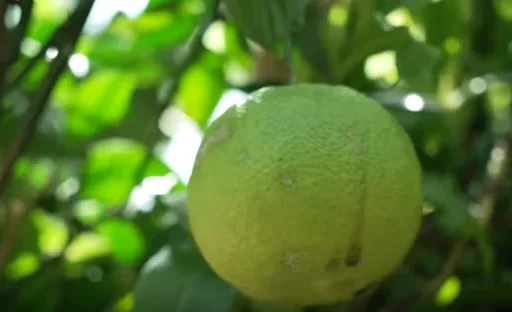Carrot tops can be easily regrown from carrot heads, allowing you to create a small indoor garden and watch your plants thrive. In this guide, we will explore simple steps to regrow carrot tops using a method that requires minimal effort and space. Let’s dive into the process step by step to help you successfully grow your carrot tops at home.
Step 1: Choosing the Right Carrot Head
To start, you need to select a carrot head. Make sure the head is not too small; ideally, it should be at least 3 centimeters long. Avoid peeling the carrot before planting as the outer layer helps preserve its freshness. It’s also important to note that if you plan to regrow carrot tops, it’s best to choose heads that are free of cuts or damage to prevent any form of decay early in the process.
Step 2: Preparing the Carrot Head
After selecting the right carrot head, you should place it in a small amount of water. For optimal results, it’s recommended to cut the carrot head and immediately submerge it in water to avoid the first stage of rotting. This way, you can preserve its freshness for planting. Leave the carrot head in the water for a couple of days to dry and heal. After two days, you will notice that the cut surface starts to form a protective layer.
Step 3: Setting Up the Carrot for Growth
Once the carrot head has dried out for a few days, it’s time to change the water. Replacing the water regularly is crucial to avoid any mold or decay. For best results, you can use toothpicks to suspend the carrot top above a jar of water, ensuring that the carrot head doesn’t touch the water directly. This keeps the bottom part of the carrot head from rotting while allowing it to absorb the necessary moisture for growth.
Step 4: Promoting Healthy Growth
Leave the carrot head in the water for about a week, keeping a close eye on its progress. Within a few days, you should start seeing small green sprouts emerging from the top. However, if you notice that the new growth is turning yellow, this means it’s time to transfer the carrot to a location with better lighting. It’s important to place the carrot near strong, indirect light, such as on a balcony, but not in direct sunlight. This will help the plant continue to grow healthily without the risk of wilting.
Step 5: Transferring the Carrot to Soil

After about a week, you will notice significant growth from your carrot head. While smaller pieces of carrot might show signs of decay, larger heads tend to thrive and continue growing. Once the carrot head has grown enough, you can either continue keeping it in water for aesthetic purposes or plant it in soil for a more traditional growing method. If you prefer to keep it in water, make sure it stays in a water-filled glass, much like how you would grow an onion in water.
For those looking to encourage the carrot to grow further and eventually flower, planting it in soil is the best method. Simply plant the carrot head in moist soil and keep it in a well-lit area to help it grow and produce seeds. Over time, the carrot will start sprouting shoots and seeds, making your home-grown garden a success.
Final Thoughts
Growing carrot tops is a simple and fun way to recycle carrot scraps and create your own indoor garden. Whether you decide to keep your carrot head in water for a decorative touch or transfer it to soil to grow further, the process is easy and rewarding. Follow these steps, and you’ll be able to enjoy watching your carrots sprout and grow in no time.




